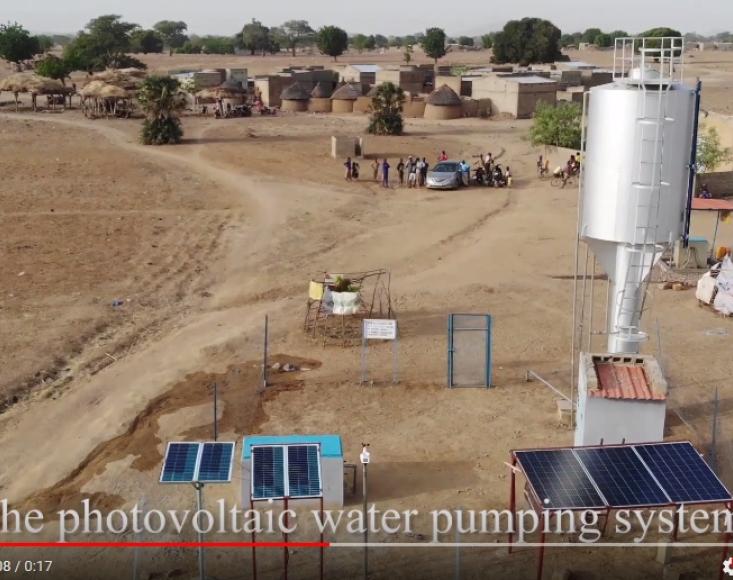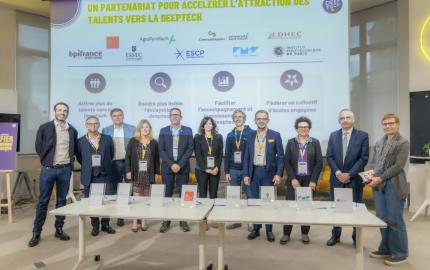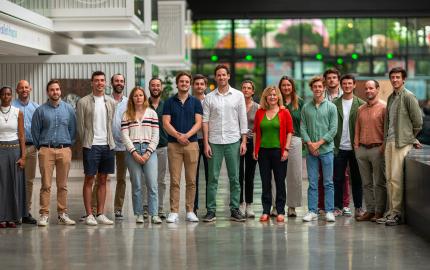Modélisation d'une pompe à eau solaire en Afrique

Une équipe de scientifique du laboratoire GeePs, SATIE, Imperial College London et Stanford University, avec le concours de DARGATECH, une société d'ingénierie de l'eau et des énergies renouvelable, vient de publier un article consacré à la modélisation d'une pompe à eau solaire installée dans le village de Gogma au Burkina Faso.
A validated model of a photovoltaic water pumping system for off-grid rural communities
Abstract: "The low electrification rate in rural sub-Saharan Africa prevents access to energy services which are essential to improve living conditions. One of these energy services is electrified water pumping, which is particularly relevant for these areas where water access continues being a significant challenge. Pumping systems powered by photovoltaic energy have emerged as an interesting solution in off-grid areas. This article presents a model of photovoltaic water pumping system (PVWPS) for providing domestic water to off-grid rural communities. The model simulates the pumped flow rate and the water level in the storage tank from the climatic data (irradiance, ambient temperature) and the profile of water collection by the users of the system. The modelling of the different stages of the energy conversion chain and a method for identifying the unknown parameters of PVWPS are presented in this article. The model is applied to a pilot PVWPS situated in a rural village of Burkina Faso. The comparison between the measurements performed on the system and the model outputs allows to validate the model experimentally. Results indicate that the model permits to accurately simulate the water height in the tank both when climatic data from local sensors and from satellite are inputted in the model. The model could therefore be applied to other off-grid areas to perform techno-economic optimization and size new PVWPS as well as to evaluate the performances of existing PVWPS. The originalities of this work include the consideration of the water collection profile as a model input and the monitoring of a PVWPS in a rural village of Sub-Saharan Africa, an area where no continuous measurements on these systems has been performed, to the best knowledge of the authors. Further, the comparison of the impact of inputting satellite climatic data instead of measured ones on the PVWPS model accuracy is also a novel contribution."
- Lire l'article complet
- Voir ci-dessous la vidéo






